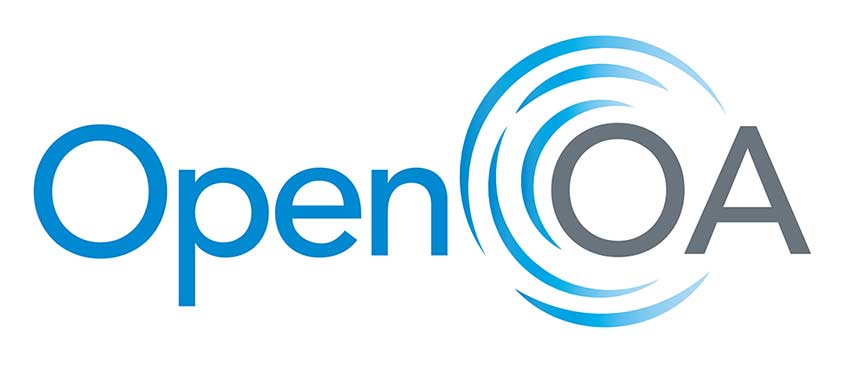Updated OpenOA Software Improves Energy Production Predictions To Reduce Investment Risk
When the National Renewable Energy Laboratory (NREL) released Open Operational Assessment (OpenOA), an open-source software tool for working with renewable energy plant operational data, it was the first tool of its kind. OpenOA included a built-in method for calculating annual energy production and aimed to foster collaboration among wind industry professionals and facilitate more efficient knowledge sharing and deployment of resources.
But there is always room for improvement.
“OpenOA Version 1 could tell wind plant operators how well their plant was performing,” said NREL wind researcher Jason Fields, who led the project along with Mike Optis, Nicola Bodini, Jordan Perr-Sauer, Eric Simley, Austin Todd, and Joseph Lee. “The next step was to unpack the various components of that performance, so we could understand why a wind plant was performing a certain way.”
The team released a new version of OpenOA, which includes features designed to help wind plant operators identify and analyze the different factors that drive wind plant performance. Developed in part with user feedback, Open OA Version 2 features augmented annual energy production (AEP) calculation, quality control automation, and new methods for analyzing gaps between estimated energy yield and operational performance. These enhancements will provide more useful insights from wind plant operational data, as well as modeling methods that will enable wind industry professionals to make more accurate predictions and more informed decisions in their work, thereby reducing investment risk.

NREL recently released an update to the open-source modeling and analysis tool OpenOA, with features designed to help wind plant operators identify and analyze the different factors that drive wind plant performance. Design by Jennifer Breen-Martinez, NREL
“These new features will help operators understand what they can do to improve wind plant performance,” Fields said. “And from a research perspective, it helps researchers and funding organizations understand which factors of wind plant performance we should be focusing on.”
In addition, Version 2 includes testing functions to ensure the robustness of the new features, as well as updated example workflows to lower the barrier of entry for users who are new to OpenOA.
“The more people use OpenOA, the more data and feedback we can gather to improve both wind plant performance and the software,” Fields said. “Because of that, we’re continually striving to make OpenOA easier to use.”
In the same spirit, Fields and other OpenOA team members are already thinking about future improvements. The next major update to OpenOA will feature a more complete gap analysis process, the ability to identify and quantify individual turbine underperformance, and the ability to evaluate performance improvement measures. They are planning an intensive community outreach process to determine their priorities for the next version, which they anticipate releasing in the next 6 to 12 months.
“Ultimately, we want to position OpenOA to become the default code base used in the wind industry for performing operational analysis,” Fields said. “Whether you’re a researcher or industry analyst, OpenOA has something useful and wonderful for you.”
OpenOA is available on GitHub. To participate in the outreach process, please contact [email protected].
Last Updated May 28, 2025
